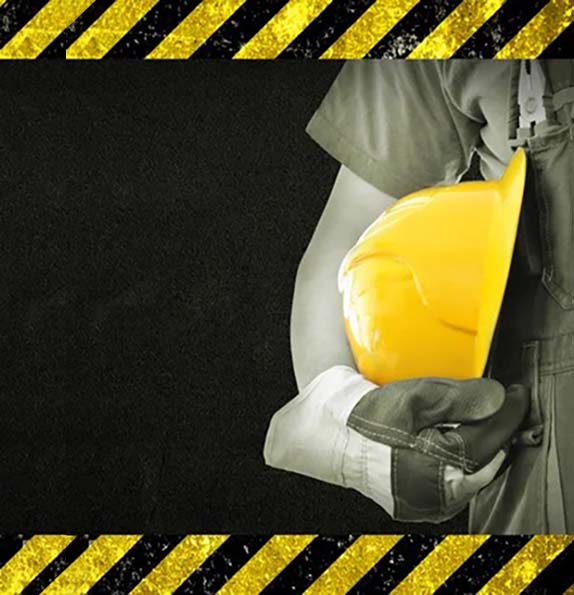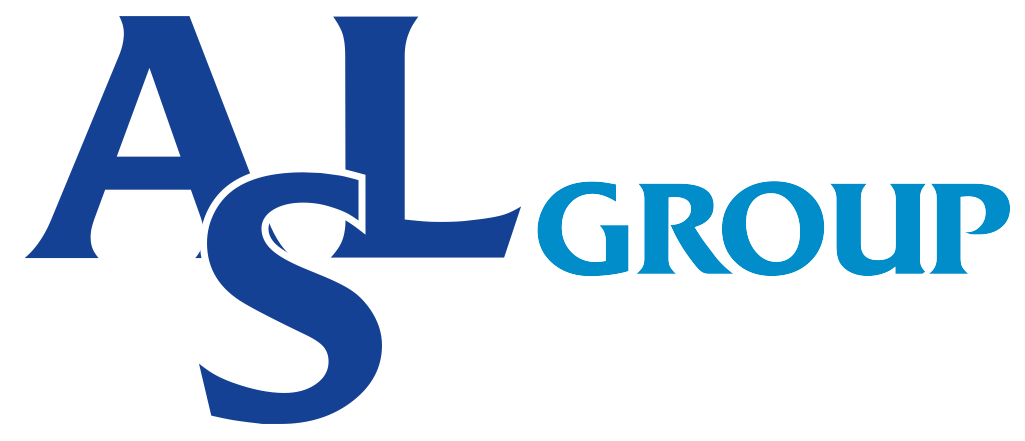
About Safety
Safety With Compliance Training
Safety Law
Workplace Safety USE provides a number of safety legal compliance package subscriptions for companies and organisations across UAE.
Environment Law
Workplace Safety UAE provides a number of environmental legal compliance package subscriptions for companies and organisations across UAE.
